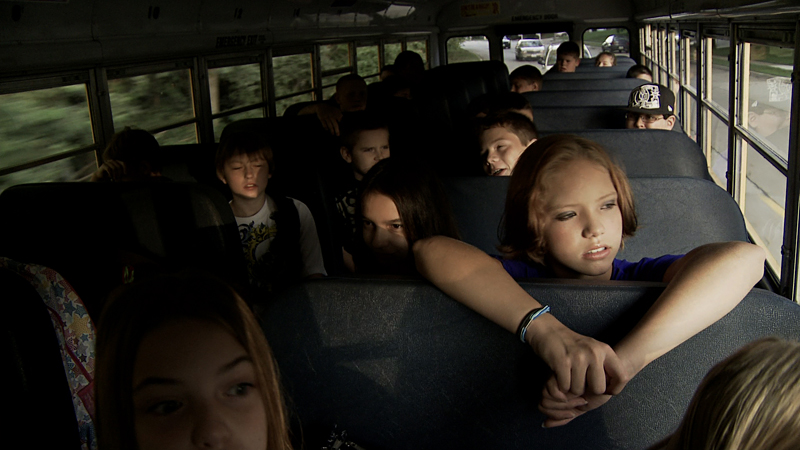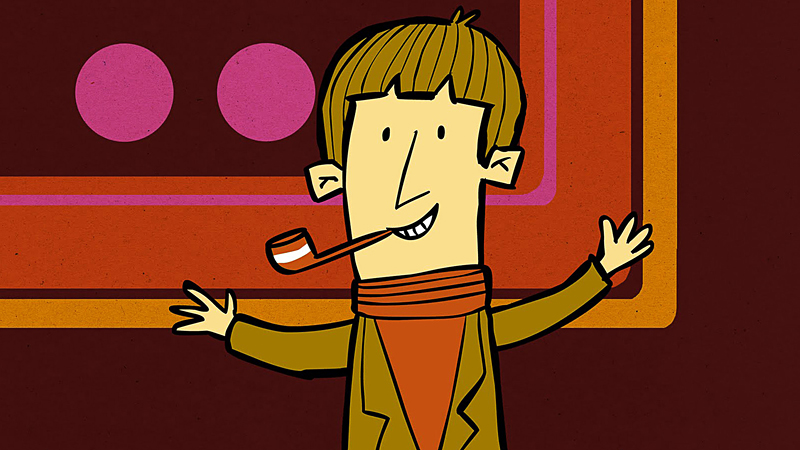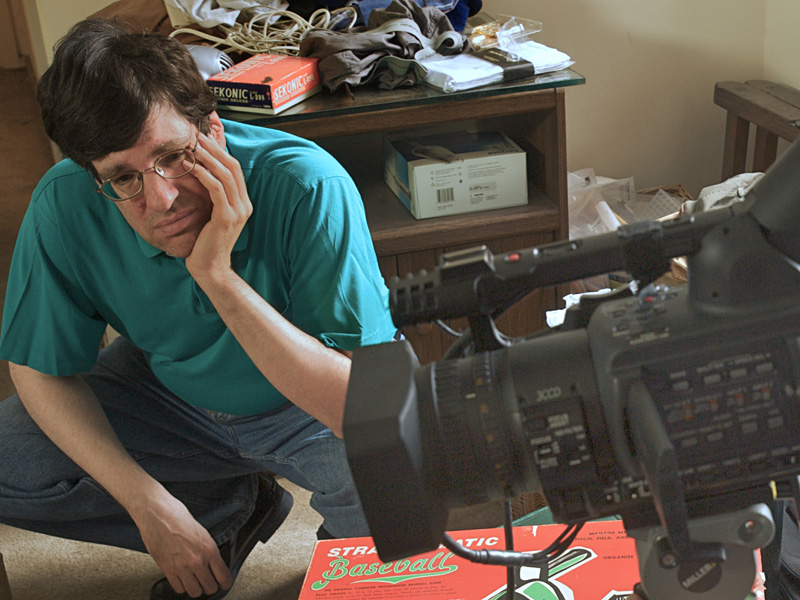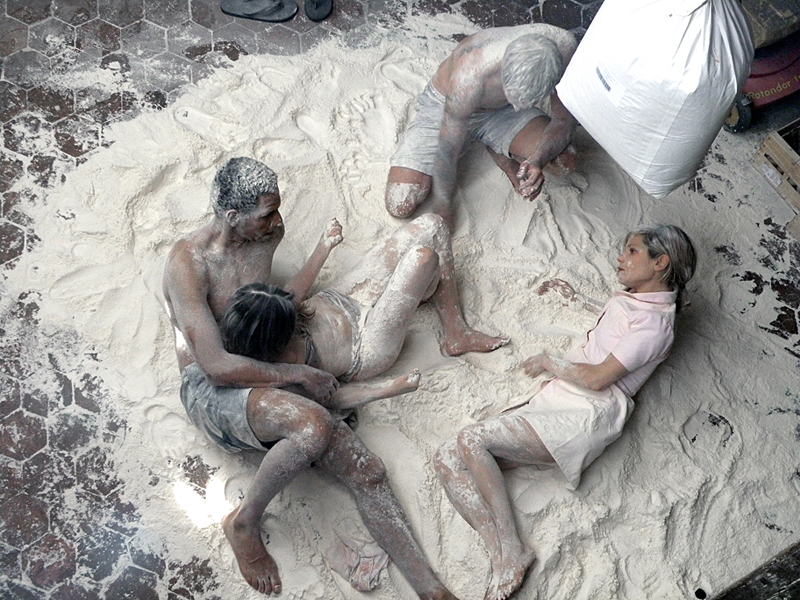Arriving in theaters on a wave of free publicity (its distributor, the Weinstein Company, butted heads with the MPAA over the R rating; an unsuccessful PG-13-supportive online petition followed), Lee Hirsch’s Bully is something of an outlier among awareness docs: It has a clear and calm approach to storytelling and some interest in the quality of its handheld images. Weaving together five far-flung year-in-the-life accounts, Bully affectingly lays out its worst-case scenarios. Subjects include a middle-schooler from Sioux City, Iowa, who’s harassed mercilessly on the school bus every morning (his tormentors are not camera shy); a gay high-schooler belittled at her Oklahoma school, including by her teachers, to the point that the family mulls moving; a Mississippi teen who has been incarcerated since pulling a gun on the classmates who taunted her; and the families of two children who, fed up by the abuse of their peers, resorted to suicide. The focus here is squarely on what happens in and around the schools, with indifferent administrators coming in for particular criticism. Hirsch isn’t interested in issuing warnings that bullying is “on the rise” in any sector. (The film ends by celebrating the Web’s getting-the-word-out power while all but ignoring social media as just another venue for kicking around kids who don’t “fit in.”) Rather, he suggests that the problem, long brushed off as an inevitable part of childhood, should be approached more head-on. If Bully is a bit vague on the call to action, it’s also all but impossible to argue against, as these wrenching case studies wrap up.
Bully: OK, We Get It: Bullying Is Wrong








